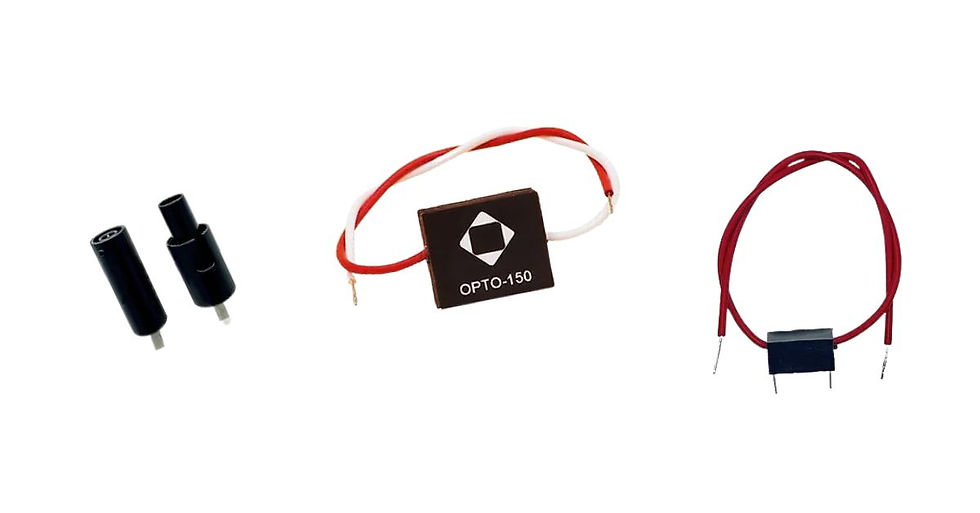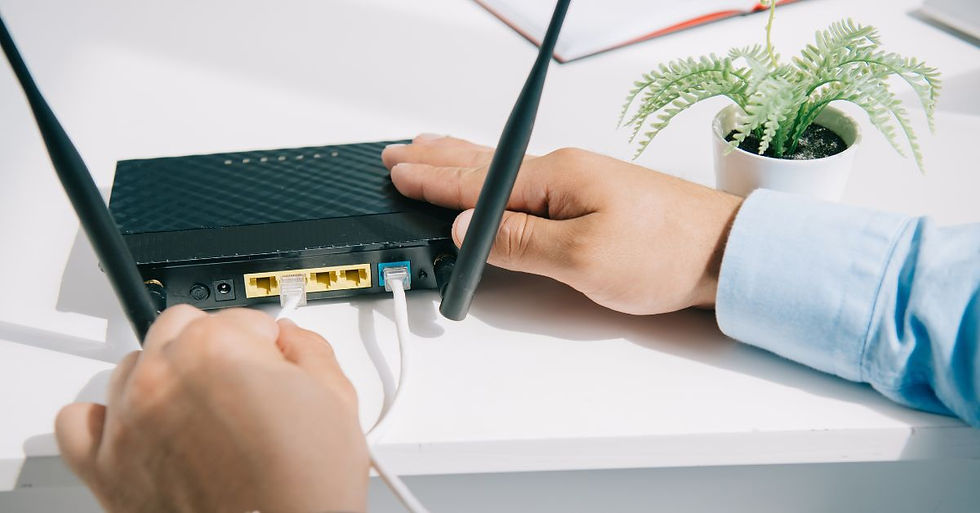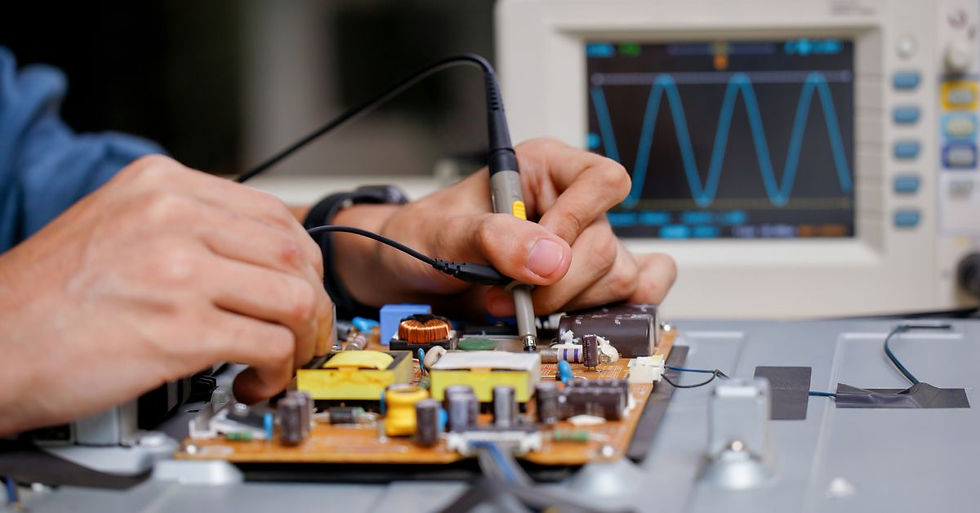
The intricate world of electronics demands precise components that deliver reliability and safety. Among these, high-voltage opto-couplers stand out for their unique ability to provide electrical isolation in high-voltage environments. But when exactly should you consider using one? Use this comprehensive guide to understand when to use a high-voltage opto-coupler and explore its significance, applications, and best practices.
Introduction to High Voltage Opto-Couplers
High-voltage opto-couplers are critical components in modern electronics, bridging signals between two isolated circuits. They are pivotal in ensuring safety and integrity in systems where electrical isolation is crucial.
Incorporating high-voltage opto-couplers into your projects can help mitigate risks associated with electrical disturbances, making them indispensable in aerospace and military applications. These tiny yet powerful components ensure data and signals transmit smoothly while maintaining the necessary separation between circuits operating at potentially hazardous voltages.
Key Features of High Voltage Opto-Couplers
A defining feature of high-voltage opto-couplers is their compact, miniature design. Despite their small size, they boast impressive high-voltage capabilities, providing isolation for electronic circuits. This combination of miniature design and high-voltage handling makes them ideal for applications where space is at a premium and safety is paramount.
In addition to their size and isolation attributes, high-voltage opto-couplers are known for their reliability and longevity. These devices withstand harsh electrical environments, making them a key component in systems requiring continuous and dependable operation.
How High Voltage Opto-Couplers Work
Light transmits signals at the heart of a high-voltage opto-coupler’s operation. When the input side receives an electrical signal, the LED emits light proportional to the input signal’s intensity. This light travels across the isolation barrier to the photodetector, which converts it into an electrical signal.
This light-based transmission is what allows opto-couplers to provide electrical isolation. By using light as the medium, there’s no direct electrical connection between the input and output, ensuring that high voltage doesn’t transfer across the barrier, thereby protecting sensitive components.

Applications of High Voltage Opto-Couplers
High-voltage opto-couplers find applications across various industries thanks to their ability to manage high-voltage isolation effectively. Understanding the sectors that benefit the most will help you determine when to use a high-voltage opto-coupler. While dozens of devices use these components, the following industries are some of the most prominent:
Telecommunications
In telecommunications, high-voltage opto-couplers protect sensitive data transmitted across high-voltage environments. These valuable devices isolate communication lines from potential electrical interference and surges, which could otherwise compromise the data fidelity and system functionality.
Providing a secure optical link between circuits, opto-couplers prevent undesired high-voltage signals from propagating through communication networks, safeguarding critical data transmission. Their use extends to protecting modems, routers, and other networking equipment from potentially harmful voltage spikes. Maintaining uninterrupted communication channels in consumer and industrial applications makes opto-couplers an asset in numerous situations.
Consumer Electronics
High-voltage opto-couplers are increasingly integrated into consumer electronics to enhance safety and performance in devices that users interact with daily. In home appliances, these components play a crucial role in isolating control signals from high-voltage power supplies. They ensure that user interfaces such as touch screens and control panels are safely separated from the potentially hazardous voltages powering the device.
This isolation protects users and prolongs the device’s lifespan by preventing voltage-related damage. Furthermore, in portable electronics such as laptops and smart devices, high-voltage opto-couplers safeguard internal circuits from voltage spikes during charging, ensuring seamless and safe charging.
Industrial
In industrial settings, high-voltage opto-couplers are indispensable for managing the intricate interplay between high-voltage power systems and low-voltage electronic controls. They are common in motor drives, where these devices isolate and protect control boards from the high voltages driving motors, providing stable operation and reducing the risk of electrical failures.
Additionally, in factory automation systems, high-voltage opto-couplers provide crucial isolation between sensors, actuators, and the main control units, which helps maintain optimal signal clarity and prevent voltage spikes. Their role extends to power generation and distribution networks to monitor and control electrical flows, enhancing safety and efficiency. The reliability of high-voltage opto-couplers makes them essential components in harsh industrial environments, where they enable continuous operation.
Benefits of Using High Voltage Opto-Couplers
One of the primary benefits of high-voltage opto-couplers is they provide safety through electrical isolation. By preventing direct electrical contact, they protect equipment and operators from potential high-voltage hazards. This safety feature is particularly important in environments where electrical disturbances may have catastrophic consequences.
The design of these miniature high-voltage components is another significant advantage, as it allows them to be integrated into compact devices without sacrificing performance. This space-saving feature is essential for modern electronics, where smaller and more efficient components are always in demand.
Limitations of High Voltage Opto-Couplers
Despite their numerous advantages, high-voltage opto-couplers are not without limitations. They may not be suitable for every application, particularly those requiring extremely high-speed data transmission, as light-based communication may cause more latency than direct electrical connections.
Additionally, in environments with excessive electromagnetic interference (EMI), the performance of opto-couplers may be affected if the electricity powering the diode diminishes, making alternative isolation methods more appropriate. It’s crucial to evaluate each application’s requirements to determine if a high-voltage opto-coupler is the best choice.
In Comparison With Other Isolation Devices
When selecting an isolation device, you must compare high-voltage opto-couplers with other options like transformers and capacitors. Unlike transformers, which rely on magnetic fields for isolation, opto-couplers use light, offering a more compact solution with fewer EMI concerns.
While effective for some isolation tasks, capacitors lack the high-voltage handling capability of opto-couplers. This distinction makes opto-couplers the preferred choice for applications where high-voltage isolation and compact size are paramount.

Criteria for Selecting a High Voltage Opto-Coupler
Choosing the right high-voltage opto-coupler involves considering several critical specifications. The isolation voltage rating, data transfer speed, and temperature range are key factors. Matching these specifications to your application’s requirements ensures optimal performance and reliability.
It’s also important to consider the package size and design, particularly for applications with limited space. A well-chosen opto-coupler enhances the efficiency and safety of your electronic systems while meeting industry standards.
Installation and Implementation Tips
Proper installation and implementation are crucial for maximizing the benefits of high-voltage opto-couplers. Follow manufacturer guidelines to ensure the correct orientation and alignment of the device. Pay attention to the thermal management of the opto-coupler, especially in high-temperature environments, to prevent overheating.
Avoid common pitfalls such as improper grounding and insufficient distance between high-voltage components. These mistakes compromise isolation capabilities and lead to device failure.
Maintenance and Troubleshooting
Regular maintenance and troubleshooting ensure the longevity and reliability of high-voltage opto-couplers. Periodically inspect the devices for signs of wear or damage, and replace any compromised components promptly.
Common issues include signal degradation and unexpected voltage spikes. Analyze these problems early to prevent more serious failures down the line.
High-voltage opto-couplers are indispensable tools for achieving electrical isolation in high-voltage environments. Their small design, high-voltage handling, and reliable performance make them a valuable asset in various industries.
For electrical engineers and technology enthusiasts looking to explore the benefits of high-voltage opto-couplers, now is the time to engage with this technology and integrate it into your systems. Adopt these innovative devices, and improve your electronic applications’ safety, efficiency, and reliability.

Comments